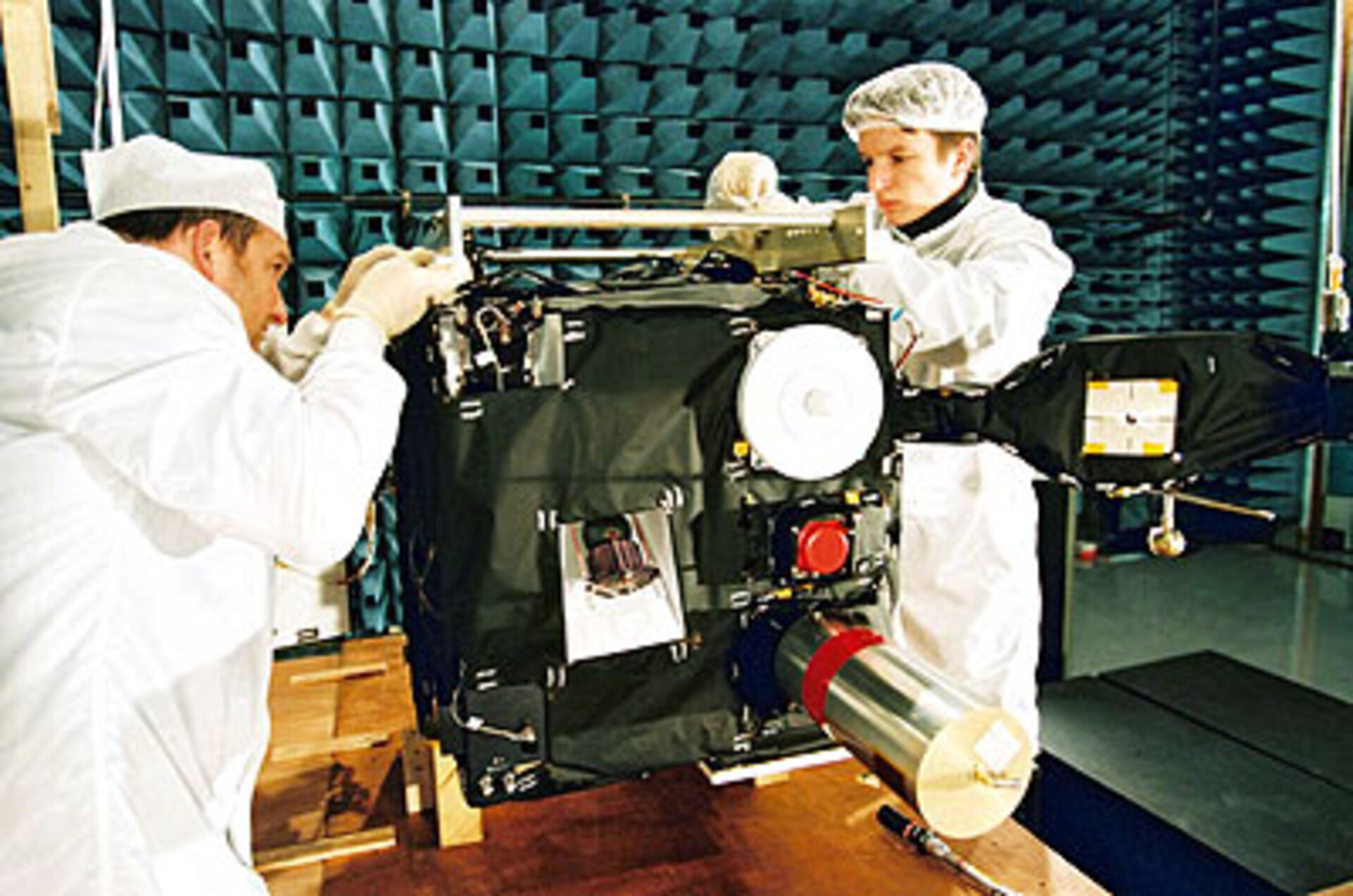About patents
First it is important to define what an invention is as only inventions can be patented. An invention is a new, inventive and industrially applicable technical solution to a given technical problem.
When an invention is created, its author can apply for a patent to a Patent Office. A patent is the legal document that describes the invention and grants a property right to the inventor(s) or their successor(s).
Patents are a long-established means of encouraging innovation. This property right confers to the holder the exclusive right of exploitation and enables them to exploit the invention by manufacturing, using, or selling products or processes incorporating the technology covered by the patent. The owner may also allow the invention to be exploited by others over a set period of time, in return for fair remuneration to compensate them for the intellectual and material effort involved in its conception and production
Patent protection provides the owner of the right with the means to prevent unauthorised use of the protected technology, to defend their rights in law and to initiate legal proceedings against any persons fraudulently using the patented invention.
Exclusive right of exploitation is only applicable in the countries where the patent has been registered as the rights granted under a patent can only be enforced in the territory governed by state that issues the patent. Another limitation to the rights granted by a patent is the duration. In general the protection is limited to 20 years, depending on the country.
What can be patented?
To be patented an invention should be new i.e. not a simple and obvious extension of what existed before. Neither must it be obvious to people skilled in the given technical field, but it must involve an inventive step. Lastly, it should be useful or have an industrial application. An invention cannot be solely theoretical but must have the potential to be put into practice. For instance, if an invention forms part of a product or constitutes the product itself, then the product must be capable of being made.
Innovations falling into the following classes cannot be patented:
- inventions contrary to law and order
- discoveries, scientific theories, mathematical formulae
- aesthetic creations, plans, principles and methods, rules of games
- information, computer programs ‘as such’
- animal species, plant or animal production processes
- surgical or therapeutic methods of treating human or animal bodies and methods of diagnosis
An important point is that prior disclosure of an invention means that it cannot be patented. Therefore, if an invention has to be disclosed to a third party, maybe in order to carry out experiments, the inventor should first sign a confidentiality agreement with the third party before disclosing information.
Why patent an invention?
Patents are a long-established means of encouraging innovation. They do this by
- protecting the holder from the fraudulent use, sale or manufacture of products or processes incorporating technologies developed by the patent holder
- ensuring that inventions are made public, thus contributing to scientific progress and promoting creativity and innovation by others
- preventing inventions that require high development costs from being copied by competitors at no cost
- providing a form of recognition for creativity
In the absence of legal protection inventors would tend not to divulge their invention and to protect it through confidentiality or by making it a trade secret. This would discourage further research as there would be insufficient technical documentation available and for progress to be made in a given field each person would have to reinvent the work done by others. Neither would there be a reward for innovative creations of the mind.
Patents are a judicious compromise between ensuring free access to information and protecting the interests of inventors. In return for granting a monopoly right of exploitation to a patent holder for a set period of time, a state obliges an inventor to disclose their invention, by publishing the patent application approximately 18 months after its registration.
This system contributes to progress in the field concerned and to the improvement of inventions and other intellectual achievements. Once an invention has been disclosed, it can serve as a basis for research and be improved upon by others.





